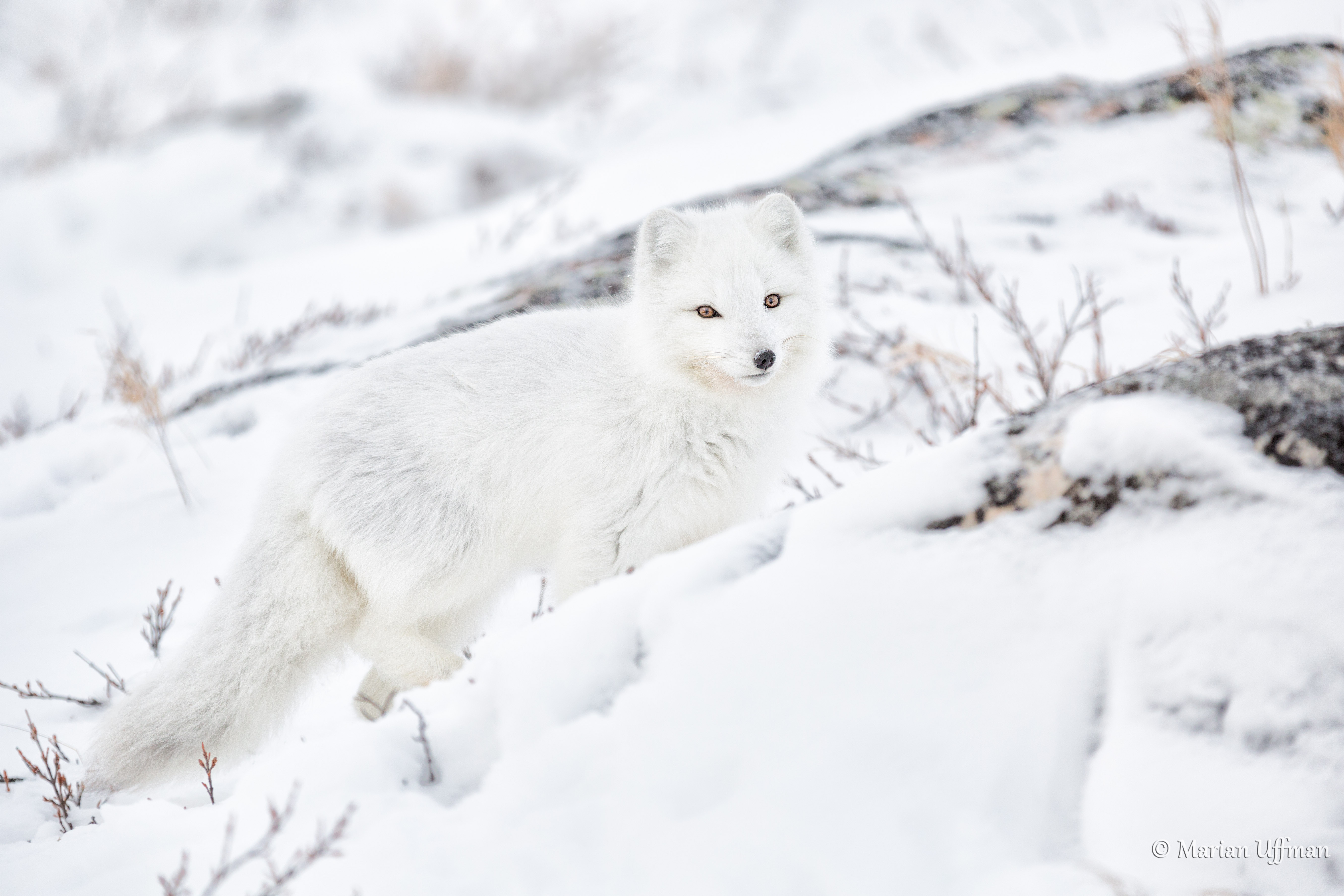Arctic foxes have an outstanding sense of hearing and smell

Arctic Foxes: Masters of Hearing and Smell

Arctic foxes (Vulpes lagopus) are fascinating creatures that have adapted to survive in the harsh and frigid environments of the Arctic regions. Known for their stunning white fur that camouflages them in the snowy landscapes, these small canids possess remarkable sensory capabilities, particularly when it comes to their hearing and sense of smell.
Sense of Hearing:
Arctic foxes have an outstanding sense of hearing, allowing them to detect sounds that are inaudible to humans. Their sharp ears can rotate independently, enabling them to locate the exact source of a sound. This ability is crucial for their survival in the vast, open tundra where they need to be aware of potential prey and predators.
Their keen sense of hearing helps them detect the slight rustling of small rodents scurrying beneath the snow, giving them a competitive advantage when it comes to hunting. Furthermore, it allows them to locate the underground dens of other animals, such as lemmings and ground squirrels, which provide a significant food source for these resourceful predators.
Sense of Smell:

In addition to their impeccable hearing, Arctic foxes possess an exceptional sense of smell. Their olfactory abilities are even more developed than those of their close relatives, the red foxes. The olfactory receptors in their noses are highly sensitive and have specialized adaptations that allow them to detect prey, avoid predators, and even navigate the vast Arctic landscape.
With their incredible sense of smell, Arctic foxes can locate buried food sources, such as carcasses left behind by larger predators like polar bears. They can also identify hidden dens or nesting sites of birds and steal their eggs, providing an additional food source. This remarkable scenting ability is particularly advantageous during the harsh winter months when food is scarce, making it an essential survival skill for these resilient creatures.
Arctic foxes are true masters of their sensory domain, relying on their exceptional hearing and sense of smell to thrive in their extreme habitat. These adaptations enable them to navigate the challenging Arctic environment, locate hidden prey, and avoid potential dangers.
Source: Wikipedia
Tags
Share
Related Posts
Quick Links
Legal Stuff

